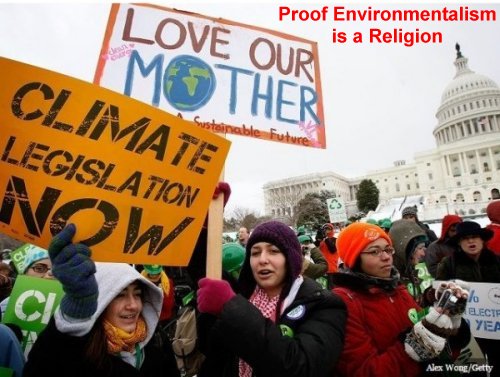Nuclear Power Green and Affordable
The Johnson City Press (November 7, 2016) is reporting that the Tennessee Valley Authority's new Watts Bar nuclear reactor in Spring City, Tennessee is now operational. This is the first nuclear reactor to go online in the US in over 20 years. As the war on coal continues, with 20% of our current coal power capacity going off-line by 2020, it would take 48 new 1250-megawatt reactors to replace this generating capacity. This would reduce CO2 emissions by another 14%.
Do we need more nuclear power generating plants? The overwhelming answer is yes. There are no scientific or technical problems blocking our path, but the political fanaticism of those determined to shut down our technological and scientific civilization in pursuit of primitivism and socialist politics. Those that oppose nuclear power also oppose every practical alternative.
Even if carbon dioxide was a pollutant, which it is not, nuclear power holds the key to solving several other environmental problems, not just energy production. Available are reactor designs such as breeder reactors, pebble bed reactors, and thorium reactors that are developed technology we can utilize with further research.
Breeder reactors would enable us to make new nuclear fuel from the approximately 80,000 tons of spent nuclear fuel rods presently stored at nuclear power plants. This process recycles spent nuclear rods into new nuclear fuel reducing nuclear waste by 90%, while generating power and producing new fuel.
Tests that were terminated in the 1980s over politics shows that these reactors by design can't go into meltdown. The recycling process for the spent fuel rods can be done within the same facility as the reactors themselves.
Pebble bed reactors can utilize the new fuel from breeder reactors (plutonium), where small portable, nuclear power plants can serve a town of several thousand or a large ship. This design also can't go into meltdown.
Thorium reactors use the metal thorium as opposed to uranium that produces a very different form of nuclear waste that can't be made into say nuclear bombs. Thorium is much more common than uranium and is often a waste by-product in the mining and production of rare earth metals used to make super magnets and other high-tech materials. India is leading the way in this technology.
Finally, we come to the question of what to do with the nuclear waste. Again, breeder reactors will reduce this waste problem by 90% through nuclear fuel rod recycling. This would save the destruction and environmental damage from new uranium mining. The radioactive waste that is left from this process can be diluted and dissolved into leaded waste glass left over from scrap picture tubes.
This waste material would reuse millions of tons of worthless toxic glass* to dilute the level of radioactivity in the waste back to the level of the original ores it was derived from. This slightly radioactive glass could be safely buried or disposed of in abandoned uranium, salt, or lead mines.
There are few technical and safety problems that we can't solve, but we have to deal with ill-informed environmental fanatics that oppose every form of science and technology out there. The problem is not science, it's politics, and hopefully the new presidential administration will start listening to reason as we seek energy independence in all forms.
*660 million pounds in storage as of 2013, another 200 million CRT monitors (glass about 5 pounds plus each) still in homes. Ref. "Unwanted Electronic Gear Rising in Toxic Piles" New York Times, March 18, 2013.
- How Mass Immigration Leads to Poverty
- Yes European-American Culture is Superior - Get Over It
- Why Many People Shouldn't Get a 4-Year Degree
- Michigan Education System Ruined by Diversity Racism
- Violence on Indian Reservations
- Illegal Immigration Success in Arizona
- Biased Press Censors Minority and Leftwing Violence
